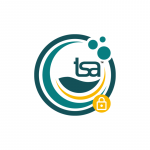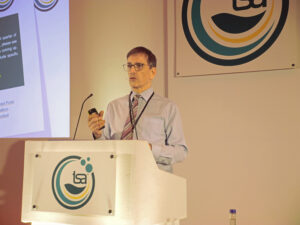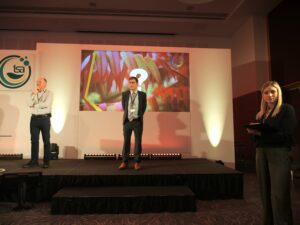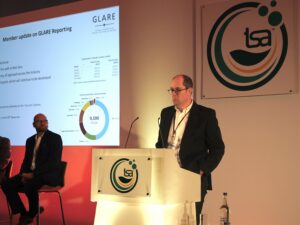TSA says the proposed ISO test method standard will help in focusing environmental efforts on the right areas
The environmental impact of microplastics is a major concern. Learning more about how laundry processes for textiles used in sectors such as hospitality, healthcare and manufacturing could contribute to the creation of microplastics is vital. The Textile Services Association (TSA) points out that just as important is the need to find effective ways to measure and reduce the issue.
The TSA has been partnering in a project to establish an ISO standard method of measuring levels of microplastics shed from textile products. The overall aim of the project is to help benchmark these textile products, allowing end-users to make well-informed purchasing decisions. Additionally, water companies and authorities will be able to use this standard method to quantify and control effluent management services.
This initiative is part of the TSA’s ongoing efforts to help the laundry industry continue its strong track record in sustainability credentials. The association has worked on the project in collaboration with partner laundry trade associations and a wide range of stakeholders in Europe and America, Shyju Skariah, director of programmes and projects at the TSA, is the current chair of the European and International Standards Working Group of the European Textile Services Association and has been taking a lead role in the project.

The proposed test methodology aims to determine the exact levels of microplastics released from textiles used in commercial and industrial sectors. Limiting the amount of microplastics entering the water supply is vital, so the importance of a standard like this being adopted by all industries involved cannot be overemphasised. The take up of this standard will depend heavily on how practical and available its techniques are in terms of sampling, preparing and analysing results.
While the laundry industry is a large consumer of water, industrial laundries have made considerable progress in reducing the amount they use. Typically, industrial washing machines use between 2-4 litres of water for every kilogram of textile, compared to 20 to 30 litres per kg for machines used in laundrettes or on-premise laundries. The efficiency of industrial machines is due to most of the water used in the wash process being recycled and reused. As well as reducing water consumption, this allows for better management of waste matter, including the collection of microfibres and microplastics shed during wash processes.
The majority of textiles used within hospitality, healthcare and the industrial sectors are cotton-rich, and designed to shed fewer polymers. This, combined with the recycling and processing of waste water, means that the laundry industry’s overall contribution to microplastic pollution is significantly less than those produced through standard domestic washing, The proposed tests will enable water authorities to create charging mechanisms for effluent management that are equitable and fair.
“Measuring and determining micro-nano levels of particles from textile products was always going to be a huge challenge,” says Shyju Skariah. “The importance of this exercise is to find a consistent and reproducible standard that can be applied globally. Such a huge challenge will require active collaboration between international standards bodies, research organisations, national trade associations and governments. We are working with our European and US colleagues to find the most fitting techniques to be recommended in this ISO standard.”
If you have any queries, please do not hesitate to get in touch with us either via email or phone:
T +44 (0) 20 3151 5600
